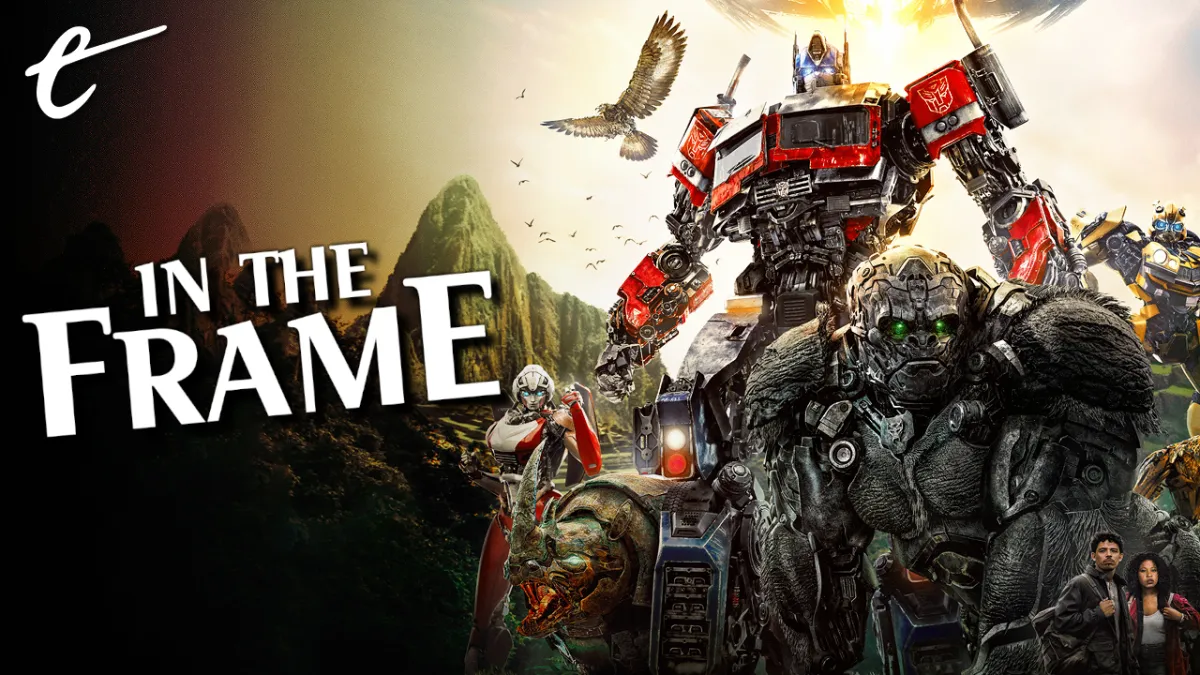This article contains some minor spoilers for Transformers: Rise of the Beasts in its discussion of bad movie climaxes, but the story is so lousy that it really doesn’t matter regardless.
There is a lot to dislike about Transformers: Rise of the Beasts. It’s a blockbuster without any distinct identity. It’s a soulless and vacuous piece of franchise brand extension. Nowhere is this more obvious than at the climax, which takes place in one of modern Hollywood’s favorite settings: a large empty plain with no distinguishing features and a suffocating amount of computer-generated imagery.
During publicity for Spider-Man: Across the Spider-Verse, writer and producer Chris Miller was asked about “superhero fatigue.” He gave a thoughtful answer, explaining, “I don’t believe it’s superhero fatigue(;) I believe it’s ‘a movie that feels like a movie I’ve seen a dozen times before’ fatigue.” There is a creeping exhaustion with the “sameness” of modern franchise filmmaking, where so many of these movies look and feel like bad photocopies of other similar movies.
Rise of the Beasts is a prime example of this. The blockbuster that it most closely resembles, at least in terms of structure, is Star Wars: The Rise of Skywalker. That’s a loaded comparison, but Rise of the Beasts takes several cues directly from the most recent Star Wars film, right down to the name. It’s strange that a blockbuster would look to something as creatively bankrupt and narratively vacuous as The Rise of Skywalker, but it underscores that frustrating sameness.
Rise of the Beasts is built around the hunt for a MacGuffin, the Transwarp Key. Like the map to Exegol in The Rise of Skywalker, this MacGuffin is split into multiple parts to extend the search. Rise of the Beasts features a fake-out death of non-verbal fan-favorite character Bumblebee, just as The Rise of Skywalker features a fake-out death of non-verbal fan-favorite character Chewbacca (Joonas Suotamo). In both movies, the heroes travel to an exotic locale and have to infiltrate a local festivity.
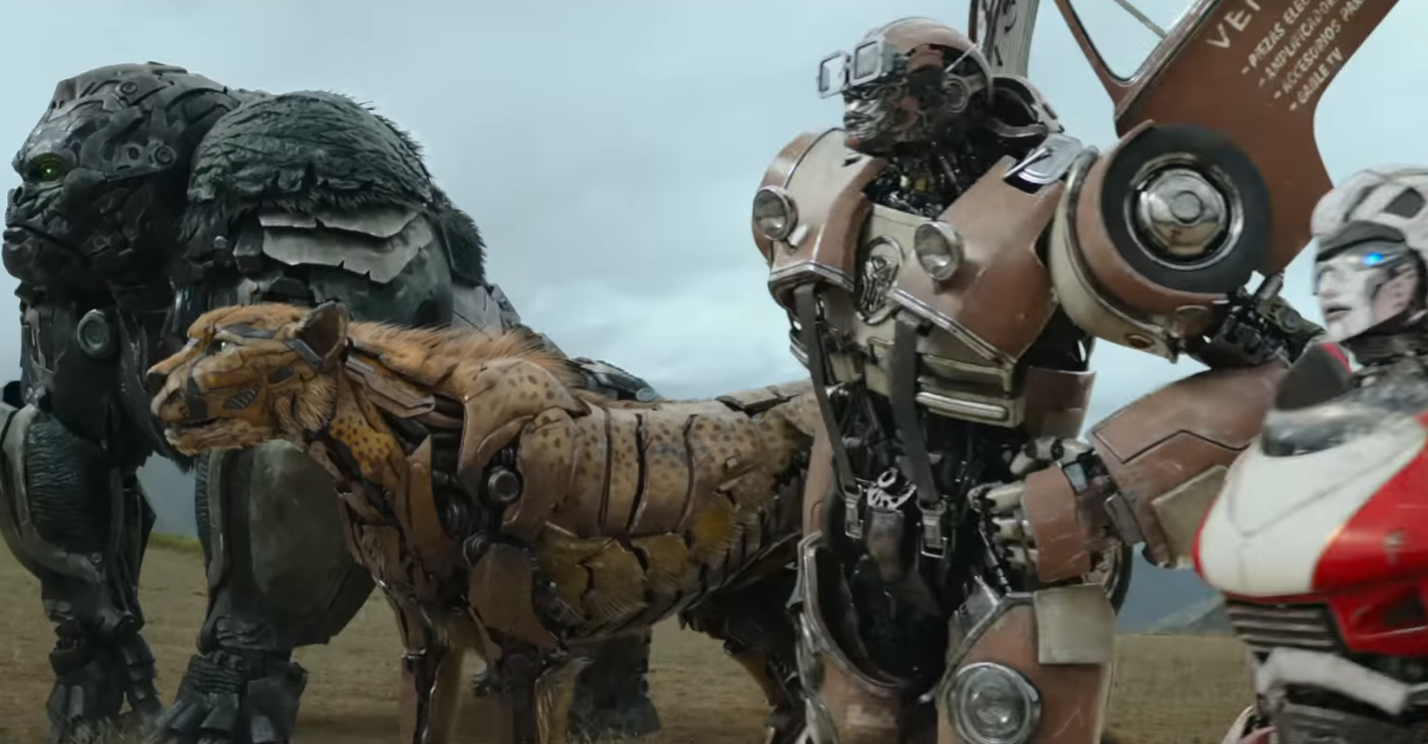
Perhaps the most egregious lift is a fairly direct allusion to one of the most derided pieces of dialogue from The Rise of Skywalker. No, not “somehow, Palpatine returned.” Somehow, Megatron has not returned for Rise of the Beasts. Instead, Rise of the Beasts evokes the clumsy non-humor of “they fly now?!” — the sassy Autobot Mirage (Pete Davidson) is so shocked to discover that the villainous Nightbird (Michaela Jaé Rodriguez) can fly that he verbalizes his confusion, “They fly?!”
The rest of Transformers: Rise of the Beasts is constructed of old scrap metal recycled from over a decade of blockbusters. The climactic threat is an angry planet-sized god ready to consume Earth, evoking everything from Fantastic Four: Rise of the Silver Surfer to Eternals. This threat manifests through a hole in the sky, a staple of blockbuster third acts like The Avengers, Thor: The Dark World, Teenage Mutant Ninja Turtles: Out of the Shadows, and many more.
The movie ends with an obligatory tease of a larger shared universe, with Michael Kelly doing his best impression of Samuel L. Jackson from Iron Man. Of course, Jackson’s cameo in Iron Man was surprisingly brief and cryptic. Rise of the Beasts offers a pale imitation, stretching the tease across several interminable minutes of screentime and building to a payoff that feels entirely unearned and largely uninteresting. It’s not just doing what other movies did; it’s doing it worse.
All of these elements are bad. However, the climax of Rise of the Beasts is egregious. While it would be nice for Rise of the Beasts to have a coherent story or compelling characters like Bumblebee had, there is a reasonable argument from some fans that nobody goes to a Transformers film for the narrative. It would be great for Rise of the Beasts to have those elements, but that’s not really the movie’s selling point. People aren’t buying tickets for human drama; they are buying tickets for spectacle.
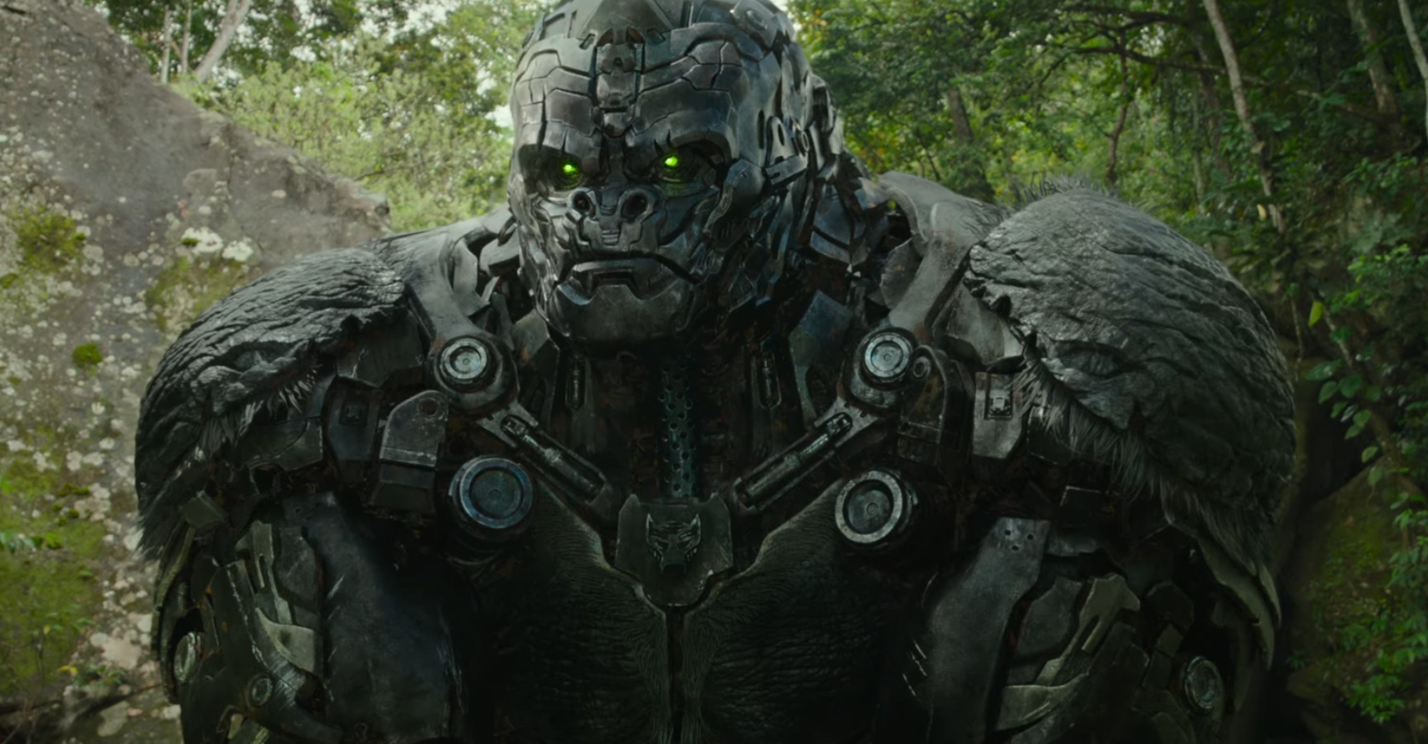
Rise of the Beasts is, at its core, about giant robots punching, stabbing, and shooting each other. Nobody seeing it is under any illusion that it is competing with Tár or The Fabelmans. Of course, a great blockbuster like Spider-Man: Across the Spider-Verse can deliver that incredible human drama while still delivering spectacle. Bumblebee is the best film in the Transformers franchise because it’s the only one that actually attempts to do both, but set that aside for a moment. Just consider the spectacle.
The action climax of Rise of the Beasts looks horrible. It unfolds in a wide-open plain that has a washed-out green-brown hue. There is no spatial geography to the arena. There are no distinguishing features, barring a few outcroppings of rocks. There is an alien broadcasting device in the middle of the space, complete with a lava fountain and a metallic walkway, but there’s no real physicality to the environment. It’s a large and flat arena in which the heroes can throw each other around.
Because the computer-generated imagery is pushing for verisimilitude, the fantastical creatures at the heart of the action are all desaturated, so none of them really stand out against the washed-out backdrop. There are no humans around. There is no sense of civilization. This battle is taking place on Earth, but it could just as easily be unfolding on the barren surface of Mars or inside a well-rendered video game. It doesn’t feel like spectacle; it just feels like visual noise.
To be fair, the third act climax of Transformers: Rise of the Beasts is another stock element from the modern blockbuster playbook. So many modern big-budget spectacles end with characters throwing computer-generated objects around a digitally created wasteland. It’s often fields like in Black Panther, Avengers: Infinity War, Avengers: Endgame, or Shang-Chi and the Legend of the Ten Rings, but it can also be eerily empty industrial spaces like in Captain America: Civil War or Justice League.
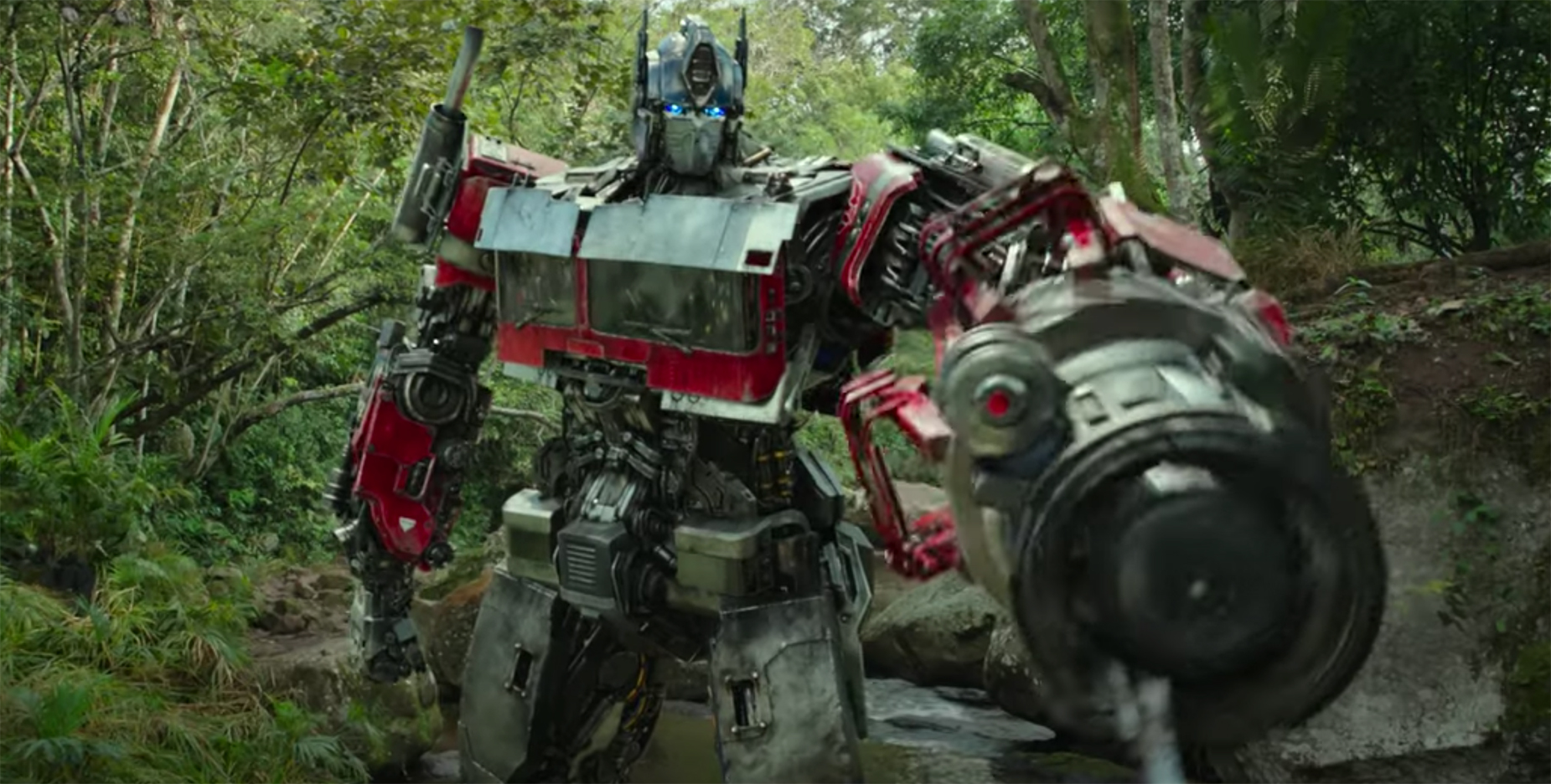
As with a lot of the woes affecting modern blockbusters, it is tempting to blame this on the overworked visual effects staff, but that’s a red herring. These sequences are often pre-visualized years in advance. They are storyboarded. The people making the creative choice to set these confrontations in generic and boring surroundings are not the people slaving away for hours doing the rendering. One gets the sense that the visual effects artists might also appreciate some variety in their work.
It might likewise be tempting to blame the recent global pandemic, which made it difficult to film on sets and on location, leading to an even greater dependence on green-screen work. There is certainly a unique pandemic aesthetic that can be felt when watching blockbusters filmed during the pandemic, like Doctor Strange in the Multiverse of Madness or Spider-Man: No Way Home, a creeping worry that the cast were never actually in the same room with one another.
However, this trend is ultimately the culmination of forces that have been at work for decades. In hindsight, the climaxes of classic blockbusters seem positively quaint: The characters in Jurassic Park run to a jeep and then drive to a helicopter, or Neo (Keanu Reeves) rescues Morpheus (Laurence Fishburne) and beats Agent Smith (Hugo Weaving) in a fist fight. However, as computer-generated imagery became more powerful and cost-effective, the scale increased dramatically.
By the 2010s, movies like The Avengers, Star Trek Into Darkness, Man of Steel, Transformers: Dark of the Moon, and Avengers: Age of Ultron were leveling cities. “It’s almost impossible to, for example, not have a final set piece where the fate of the free world is at stake,” complained writer Damon Lindelof. Writer Zack Stentz opined, “If the audience – or, more likely, the studio exec – isn’t feeling a sense of escalation, of big-bigger-biggest, the solution is to pummel with rubble.”
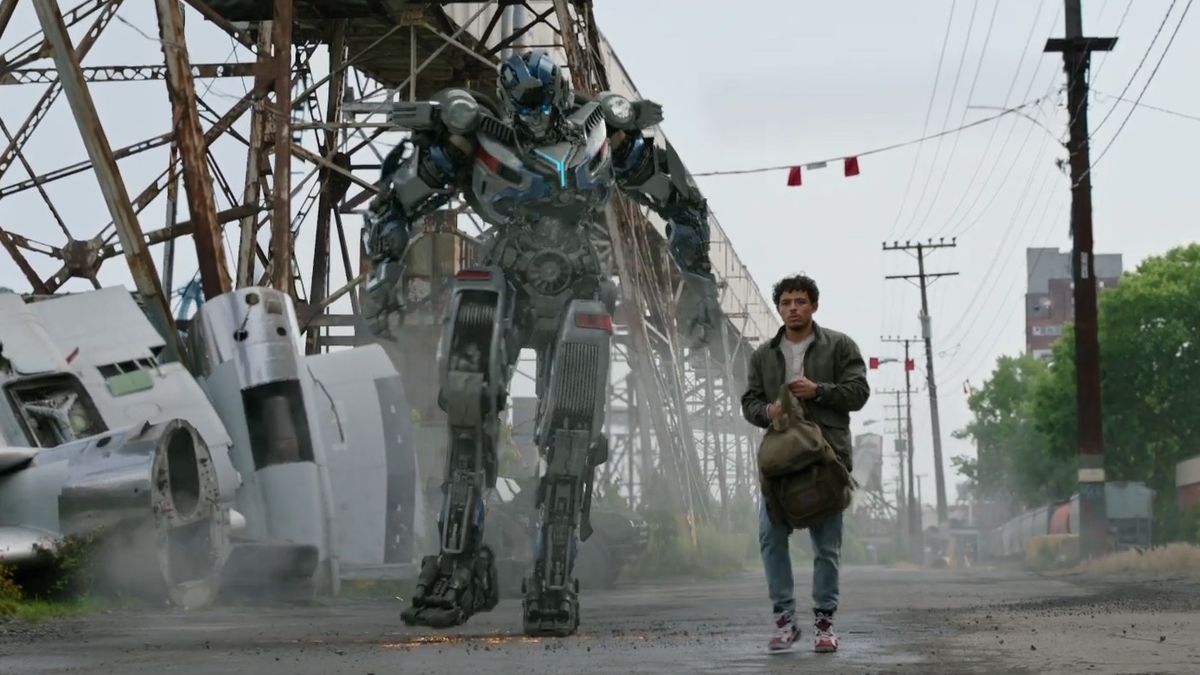
These climaxes depict catastrophic destruction within heavily populated urban environments, often directly evoking the visual language of 9/11. They were often criticized as “disaster porn.” Kyle Buchanan captured a lot of that sentiment when he contended, “It’s lazy, it’s cheap, it’s deadening, and it needs to stop.” This is entirely valid. At a certain point, the scale becomes numbing. However, Hollywood’s reaction to this criticism was a great example of missing the forest for the trees.
The solution wasn’t to scale these climaxes down; it was to shift them into spaces completely detached from any humanity. However one feels about the action, the spatial geography of the climax of The Avengers makes sense, because it unfolds inside a carefully mapped replica of New York City. Michael Bay’s action is often incoherent and overwhelming, but his use of physical spaces at the climaxes of Transformers: Revenge of the Fallen and Dark of the Moon at least makes sense.
This gets at the problem with these same-y climaxes. Even beyond the question of what exactly these characters are fighting over in an immediate sense, they just aren’t interesting to watch. Stripping out all the fan service, the action climaxes of Infinity War and Endgame lack the sense of geography that made The Avengers and Age of Ultron so compelling. Without landmarks to orient the audience, Steven Caple Jr.’s direction of Rise of the Beasts is even more disjointed than Michael Bay’s approach.
There’s no sense of scale or majesty. In both Ant-Man and Ant-Man and the Wasp, the audience can understand Scott Lang’s (Paul Rudd) size-changing powers, because they see him in relation to objects that they intuitively know to be big or small: buildings, ants, model trains. When Scott ventures into the Quantum Realm in Ant-Man and the Wasp: Quantumania, that effect is lost in a computer-generated haze. It often takes a couple of shots to realize if Scott is big or small.
Transformers: Rise of the Beasts is just the most recent blockbuster to suffer from the problem of a generic climax set in a bland environment with no sense of scale or frame of reference. It is perhaps more frustrating than most because it has nothing else going for it, so it feels like a collection of all of the worst impulses of these kinds of films. Ultimately, though, when it comes to modern blockbuster climaxes, it’s all a bit familiar — and a bit plain.
Related: Transformers Rise of the Beasts Tease Crossover with GI Joe Franchise on The Mary Sue

